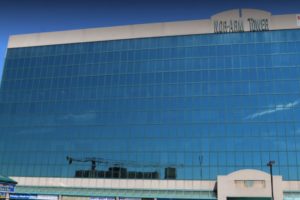One of the consequences of declaring bankruptcy is that the value of your assets is distributed among your creditors. There are some exceptions in limited amounts, such as food and heating fuel, clothing, furniture, and a vehicle you need to get to work (to name a few); their value limits are set by your province.
Fortunately, while RRSPs used to be subject to creditor distribution, a law passed in 2008 now means that you won’t lose most of the funds in your RRSP, even if you declare bankruptcy. Only those funds you contributed in the year prior to declaring will be subject to seizure and distribution, so for example, if you have $10,000 in an RRSP and in the last year contributed $1,500, that amount would be withdrawn and distributed, and you’d and keep $8,500. Taxes are levied when the money is withdrawn, and the net amount distributed to your creditors, rather than you taking a tax hit at the end of the year.
If you continue to make contributions to your RRSP before your bankruptcy is discharged, those amounts become part of your “surplus income,” which may still be distributable to your creditors, so make sure you discuss your RRSP thoroughly with your bankruptcy advisor.
Remember, too, that your assets are assigned to your trustee until your bankruptcy is discharged, so you won’t be able to access those funds. Besides, once you cash them in, they’re no longer protected under any RRSP exemptions.
If you took a loan to purchase your RRSPs, and the loan amount is included in your bankruptcy, the lender may be entitled to take back your investment, so make sure you discuss that too.
Registered Retirement Income Funds (RRIFs) are similarly exempt under Ontario law.
If your debts have gotten out of control, it may be tempting to cash in your RRSP in an effort to repay them, but you may still find yourself headed for bankruptcy, only now without your retirement savings. Don’t do anything that may have long-term consequences before you talk to a credit counselling professional.



